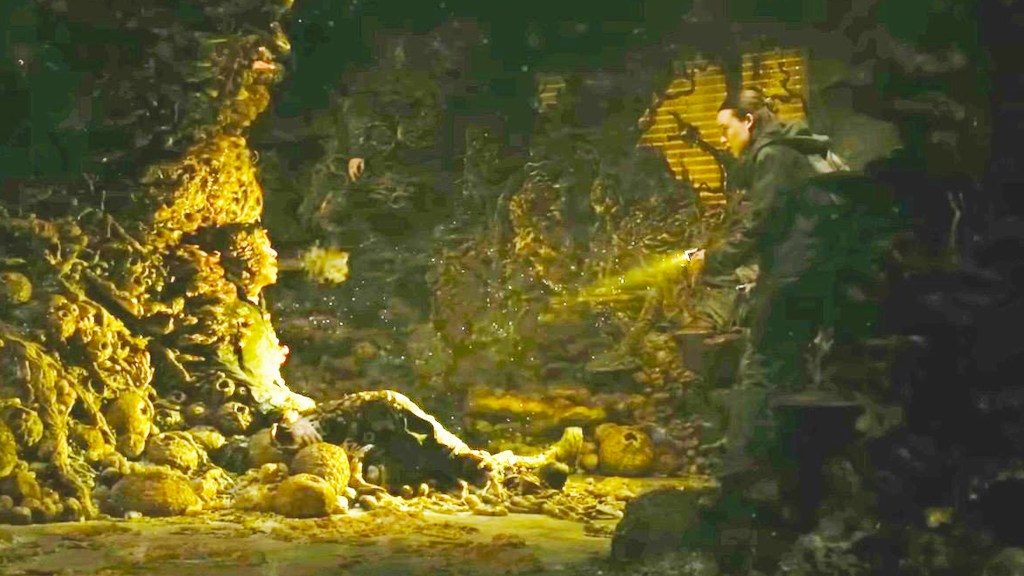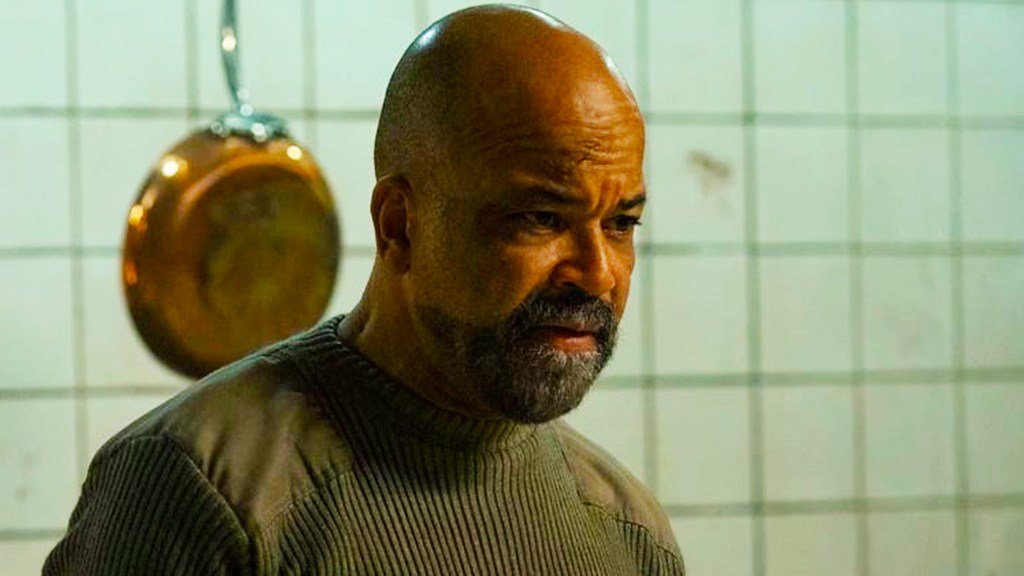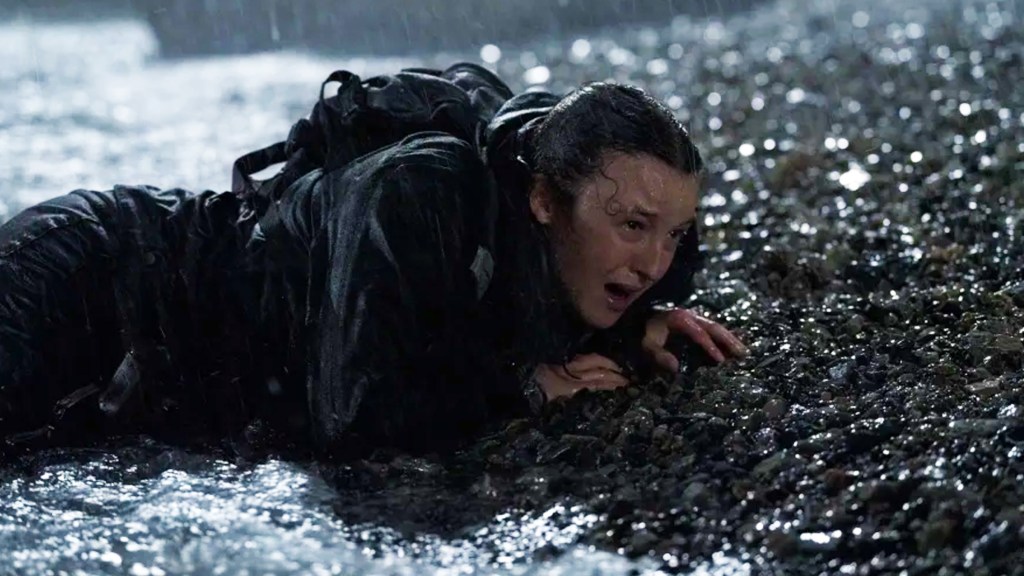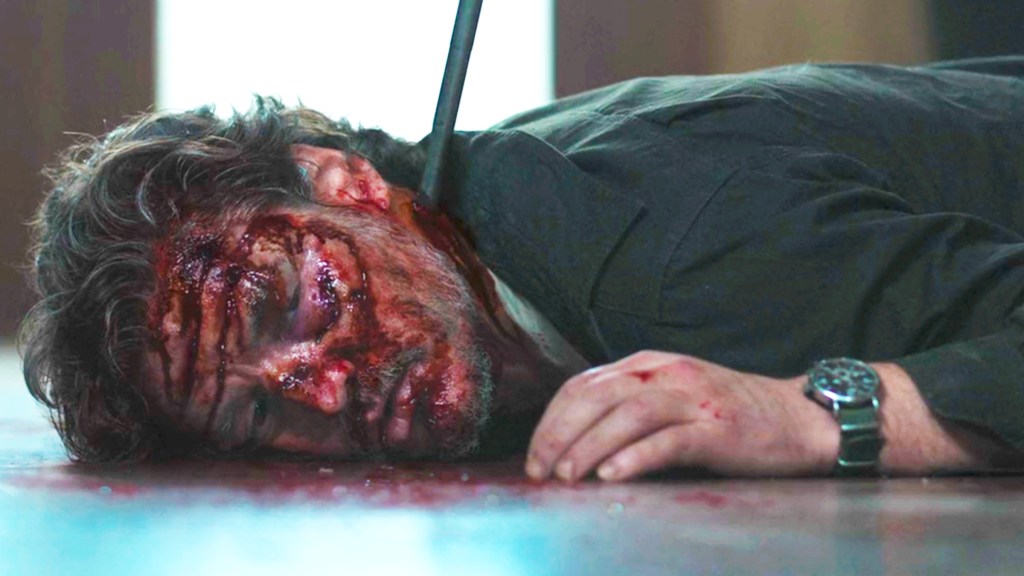Series creators Craig Mazin and Neil Druckmann made several changes to the story and characters from The Last of Us video game when adapting it into live-action for HBO. The Last of Us premiered in 2023 as an almost-direct adaptation of Naughty Dog’s critically-acclaimed video game. Season 1 was based on 2013’s The Last of Us and its 2014 expansion pack, Left Behind, while season 2 took inspiration from 2020’s The Last of Us Part II. The Last of Us’ confirmed season 3 will continue Part II’s storyline, and the door is open for future seasons, too.
Videos by ComicBook.com
While the TV series is remarkably faithful to the video game source material, featuring many shot-for-shot scenes and including most of the same characters, the HBO adaptation has taken some creative liberties. New characters have been added, sequences have been streamlined, and there has been more time for real emotional development, which has contributed to The Last of Us receiving similar critical acclaim and a huge, passionate fan base. While some changes have been minor, others have changed the story significantly – usually for the better.
10) The Outbreak Begins in 2003 in HBO’s The Last of Us

The original video game released in 2013, so set its opening moments, which took place shortly before the outbreak of a mutant Cordyceps fungal infection, in 2013. After Joel’s daughter, Sarah, is shot and killed, the story jumps forward 20 years, so the bulk of The Last of Us’ narrative takes place in 2033. While this same timeline was retained for the TV adaptation, the events of the outbreak were shifted ten-years earlier, so civilization instead came to an end in 2003, while the story then jumped to a fictional 2023.
This meant that the bulk of The Last of Us’ narrative was taking place in the same year of its release, rather than the opening sequences being set in its release year. This change has little impact on the overall story of The Last of Us, but it does date many of the references and callbacks to life before the outbreak, which provides some easy entertainment for nostalgic viewers. The Last of Us season 2 jumped another five years, taking place at the end of 2028 and in 2029.
9) Spores Weren’t Introduced Immediately in the TV Series

In the video game, the Cordyceps spread through bites, bodily fluids, and spores from the get-go, which makes the risk of infection pretty high and very terrifying. The TV series has perhaps one-upped this, however. While spores weren’t featured in the series immediately, the fact that the infection has now become airborne means it is evolving as time goes on, which raises questions about just how dangerous the world will become. Ellie (Bella Ramsey) is immune to spores just as she is bites, but this doesn’t stop others from being at risk, such as Nora (Tati Gabrielle).
8) Tess is Killed by FEDRA Soldiers in the Video Game

It was great to see Tess brought to life in The Last of Us season 1 by Anna Torv, and heart-breaking to see her killed off pretty soon, just as she was in the game. However, while she is bitten and sacrifices herself to blow up a horde of infected in the HBO series, Tess instead sacrifices herself to take down FEDRA (Federal Disaster Response Agency) soldiers in the video game, allowing Joel and Ellie to continue. Changing this allowed more focus to be on the infected in the TV series, which created some incredibly creepy and intense moments.
7) Bill & Frank Are More Prominent in HBO’s The Last of Us

In the video game, Bill is a simple smuggler and survivalist who has little development past gifting Joel and Ellie a vehicle for their journey. Changing Bill’s role in The Last of Us TV show contributed to one of the greatest episodes of television ever. The Last of Us season 1, episode 3, “Long, Long Time,” introduced Bill (Nick Offerman) and Frank (Murray Bartlett), and detailed their history. We saw them meet, fall in love, and eventually grow old, get married, and pass away together, with Joel (Pedro Pascal) and Ellie arriving to take the vehicle following their deaths.
6) Ellie & Riley Battle a Horde of Infected in The Last of Us: Left Behind

The Last of Us season 1, episode 7, “Left Behind,” gave us essential backstory for Ellie, as the night when she was originally bitten by an infected and realized she is immune was detailed. This episode also introduced Riley (Storm Reid), Ellie’s best friend and romantic pursuit who had recently left FEDRA to join the revolutionary group, the Fireflies. This episode was inspired by The Last of Us: Left Behind, an expansion pack separate to the main game, and made one huge change that made the story even more intimate and tragic.
RELATED: The Last of Us Season 3 Needs to Embrace One of the Best Things About Its First Episodes
In the Left Behind expansion pack, Ellie and Riley have a fun night together in the abandoned mall, but are then ambushed by a horde of infected who are drawn to the sound of music. In the TV series, however, it’s only one infected who sneaks up on Ellie and Riley after they dance to Etta James’ version of “I Got You Babe.” Trimming the fat to include only one infected made Ellie and Riley’s story much more sad, and proved just how dangerous the infected are, as one had the potential to kill two people pretty easily.
5) Kathleen Doesn’t Exist in The Last of Us’ Video Game

One of the biggest diversions from the video game in The Last of Us was Joel and Ellie’s excursion to Kansas City, which replaced Pittsburgh from the game. The Last of Us season 1, episode 5, “Endure and Survive,” featured the side-story of a resistance movement, led by Kathleen (Melanie Lynskey), overthrowing FEDRA in Kansas City. Kathleen does not exist in the video game, and Joel and Ellie only see the aftermath of any battles in Pittsburgh, so developing this story and expanding on these characters worked really well for the HBO adaptation.
4) Isaac Has a Larger Role in The Last of Us Season 2

Unlike Kathleen, Isaac (Jeffrey Wright) does appear in The Last of Us video game, but he has a much larger and expanded role in the TV show. In the game, he’s introduced as the leader of the Washington Liberation Front and a secondary antagonist, while his past as a FEDRA commander is explored more in the show. We then also see his brutal interrogation methods when questioning a Seraphite. He’s only seen from Abby’s perspective in the game, but is developed him long before Abby (Kaitlyn Dever) takes center-stage in The Last of Us season 3 in the TV series.
3) Ellie’s Trip to Seraphite Island Sets Up The Last of Us Season 3

Speaking of the Seraphites, the brutal religious cult also has more attention earlier on in The Last of Us’ TV adaptation. In Seattle, the Seraphites and the WLF are at war, causing a hatred between the former and anyone who isn’t part of their sect. This puts Ellie at risk when she washes up on Seraphite Island in season 2’s finale, “Convergence.” This scene was cut from the video game, but helps to show Ellie’s dedication to seeking vengeance, as she immediately gets back on her boat and sails to try and find Abby and get revenge.
2) Ellie Learned the Truth About Salt Lake City Earlier in the Video Game

The Last of Us Part II picked up four years after the first instalment, and two years after Ellie had traveled back to Salt Lake City and learned the truth about Joel’s actions there. Joel killed many Fireflies, including Abby’s father, the doctor, and Marlene (Merle Dandridge), to save Ellie’s life, but preventing a cure from being created. In the TV adaptation, Ellie had an inkling this was the case, despite Joel’s lies, but she didn’t officially know the truth until Joel revealed it during that heart-breaking porch scene. Her knowledge of this still caused a rift between them, however.
1) Tommy Was Present for Joel’s Tragic Death in the Video Game & Seeks Revenge

While fans of the video game knew it was coming, it was still a huge shock to see Joel killed off so early in The Last of Us season 2. Joel was brutally beaten and murdered by Abby in episode 2, “Through the Valley,” as revenge for her father’s death. This sequence was incredibly faithful, but with one huge change. Instead of Joel and Dina (Isabela Merced) being taken captive by Abby’s group, it’s Joel and Tommy (Gabriel Luna) in the game, which means Joel’s brother is witness to his violent and prolonged death.
In the video game, this is a hugely traumatic moment for Tommy, and spurs him to head into Seattle to seek revenge. This marked a significant deviation for the series, as Tommy being absent from this sequence – instead dealing with infected coming through the walls of Jackson – meant he was less inspired to seek retribution. Ellie and Dina went into Seattle, while Tommy and Jesse (Young Mazino) follow, despite the Jackson community voting against. We hope Tommy has a more hands-on role in The Last of Us‘ future seasons now that his brother will no longer be involved.
What other differences between The Last of Us’ video game and TV series have you noticed? Let us know in the comments!








